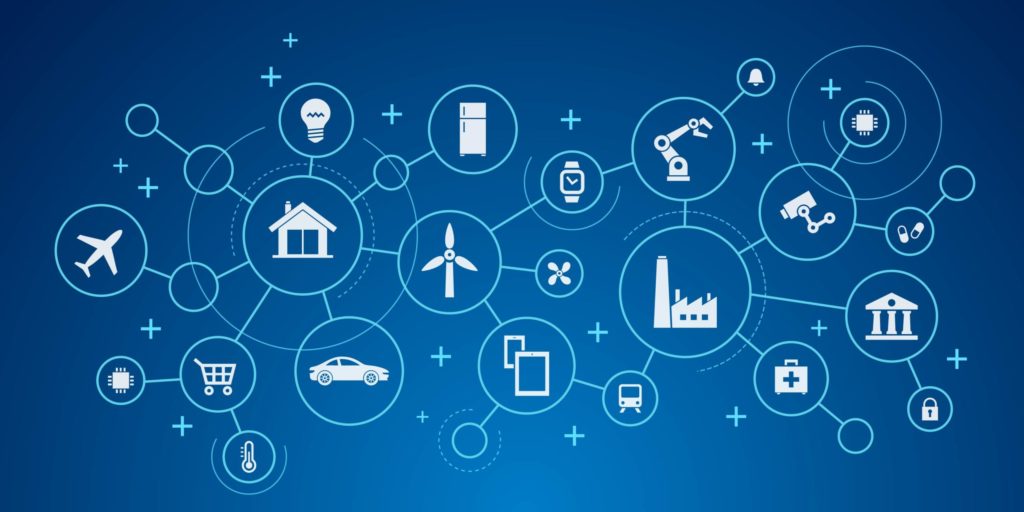
A 2020 analysis by Global Workplace Analytics showed that about 56 percent of the current workforce in the United States does the sort of remote work that could be done partially or wholly at home permanently.
One grueling year later, the Coronavirus pandemic has turned that possibility into a pressing reality, and many employees who’ve been working remotely say they don’t want to go back. In fact, a Gallup poll conducted in March of 2021 showed that roughly three in five workers now working remotely don’t want to work in the office full time again. And COVID exposure isn’t the only reason. Eliminating commutes and increased work/life flexibility are top reasons that the workforce is keeping close to home.
Is your operation ready for the “Next Normal” that a true distributed workforce could bring?
Jump to:
Expanded considerations needed to meet high expectations.
Tech stacks must evolve to meet enterprise needs.
Expanded considerations needed to meet high expectations.
For many companies that could lead to about 35 percent of the workforce being home or “floating” workers. Still more workers may not have set desks as they work freely around company campuses, or travel to satellite offices. And many companies have decided to ditch formal headquarters offices altogether, including this who’s who list of tech companies that have declared themselves a “remote first” organization.
While most IT organizations were able to cobble together laptops and Zoom protocols to accommodate the sudden, total shift to long-term hybrid/remote models, work post-pandemic will require more complex tech infrastructure.
- Service level agreements—Will you need more vendors/consultants to help with your increased workload? Will you need to bring on more services, like project management software services that will need to be managed? How will this affect your system uptime, and ability to respond to service challenges.
- Security—With a portion of the network permanently offsite, location based VPN security won’t cut it anymore. Necessity will force more companies to zero trust networks, where verification is constant throughout a user’s time on network, and every user is considered a potential security threat at any time.
- Allocation of resources—Many companies are “decentralizing,” dismantling headquarters buildings in favor of smaller satellite offices which give remote based workers places to meet and collaborate, as needed. If your company goes this route, will you be ready with plans for how to distribute your IT service personnel? What about your hardware and server architecture? Will you need more tablet and mobile-based applications?
Tech stacks must evolve to meet enterprise needs.
IBM has just announced that its supercomputer AI, Watson, has been challenged with the task of helping companies transition smoothly to quarantine-safe, hybrid offices. The company is using technology to manage and optimize real-time space allocation, including how WiFi, cameras, Bluetooth beacons and mobile phones are allocated. It can plan desk assignments according to social distancing protocols, recommend when areas need to be cleaned, handle contact tracing, and more.
- Collaboration tools—Smooth, paperless workflow across distances will be the name of the game in this post-Covid world. Tools like Skype, Slack, Google Docs, project management software and time tracking systems will be key to keeping documents warehoused and work flowing. Instant messaging recreates the sensation of popping into someone’s office to ask a quick question. Are your collaboration systems set up for the enterprise, and do they offer acceptable security to allow them to connect to your internal systems? Do they have the flexibility your programs need? For instance, does your messaging software allow for group messages, or VIP messaging during meetings?
- Tax and accounting concerns–With more employees scattered across more states and even countries, the way tax withholding is calculated could change, as well as the taxes corporate offices pay to the state where they reside. New accounting and HR systems may affect the way your IT systems run. The time to ask about those questions is now.
- Automation and data analytics—The constant march toward automating and streamlining processes only accelerated during the pandemic, and it is not likely to slow down now. Are there IT service protocols that could be automated with a bot? What kind of data collection processes will you need now? How will you measure your progress towards goals, and change your KPIs given this new remote work reality?
From 2-person startup to SMB all the way up to global enterprises, CIOs and tech leaders are making a once-in-a-generation pivot toward staffing models that fall well outside the traditional in-the-office, 9-to-5. Success in the Next Normal will require adoption of new technologies and new approaches at every level in the organization.